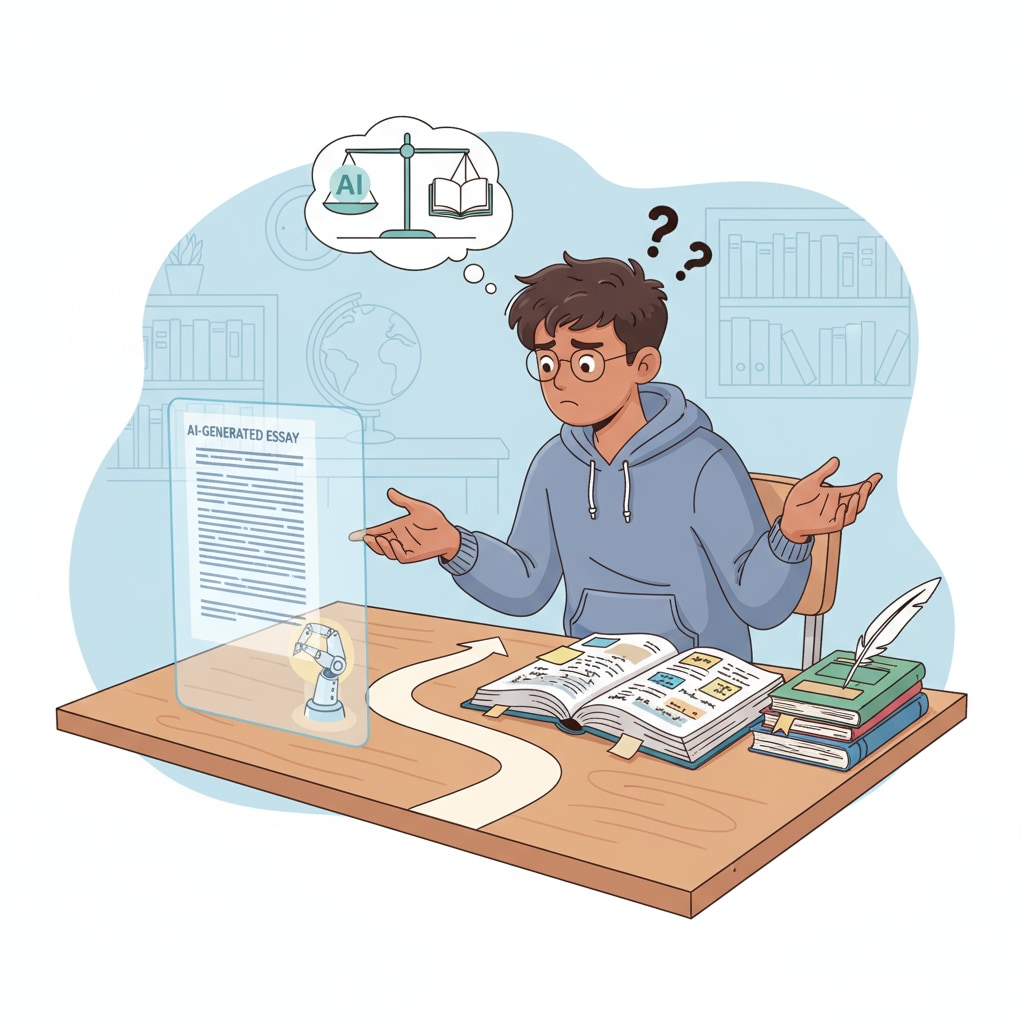Academic integrity, ChatGPT use, and legal debates are at the forefront of discussions in K12 education as AI tools become increasingly popular among students. The rise of these technologies has presented a new set of challenges that educators and students alike must confront.

The New Era of AI in K12 Learning
AI tools, such as ChatGPT, have opened up new possibilities for learning. They can provide quick answers, offer explanations, and even help with writing assignments. For example, a student struggling with a history essay can use ChatGPT to gather information and structure their thoughts. However, this convenience comes with a price. The ease of accessing ready-made content raises concerns about academic integrity. According to National Education Association (NEA), educators are now faced with the difficult task of distinguishing between original work and AI-generated content.

The Ethical Quandary of AI Use
The moral dilemma lies in the fine line between using AI as a learning aid and relying on it to complete assignments without truly understanding the material. When students submit AI-generated work as their own, it undermines the principles of academic integrity. It’s not just about cheating; it’s about missing out on the learning process. Moreover, there are legal debates surrounding the use of AI in academic work. Some argue that it’s a form of plagiarism, while others believe that with proper citation and guidelines, it can be a valuable tool. As stated by American Bar Association, the legal landscape regarding AI in education is still evolving.
To address these issues, it’s essential to start digital ethics education in the K12 phase. By teaching students about the proper use of AI tools, we can help them develop the moral judgment needed to navigate this new technological frontier. This education should include lessons on citation, understanding the source of information, and the importance of original thinking.
Readability guidance: In this article, we have used short paragraphs to clearly present ideas. The lists help summarize key points. We’ve also controlled the use of passive语态 and long sentences. Transition words like ‘however’ and ‘moreover’ have been used to connect ideas smoothly.


